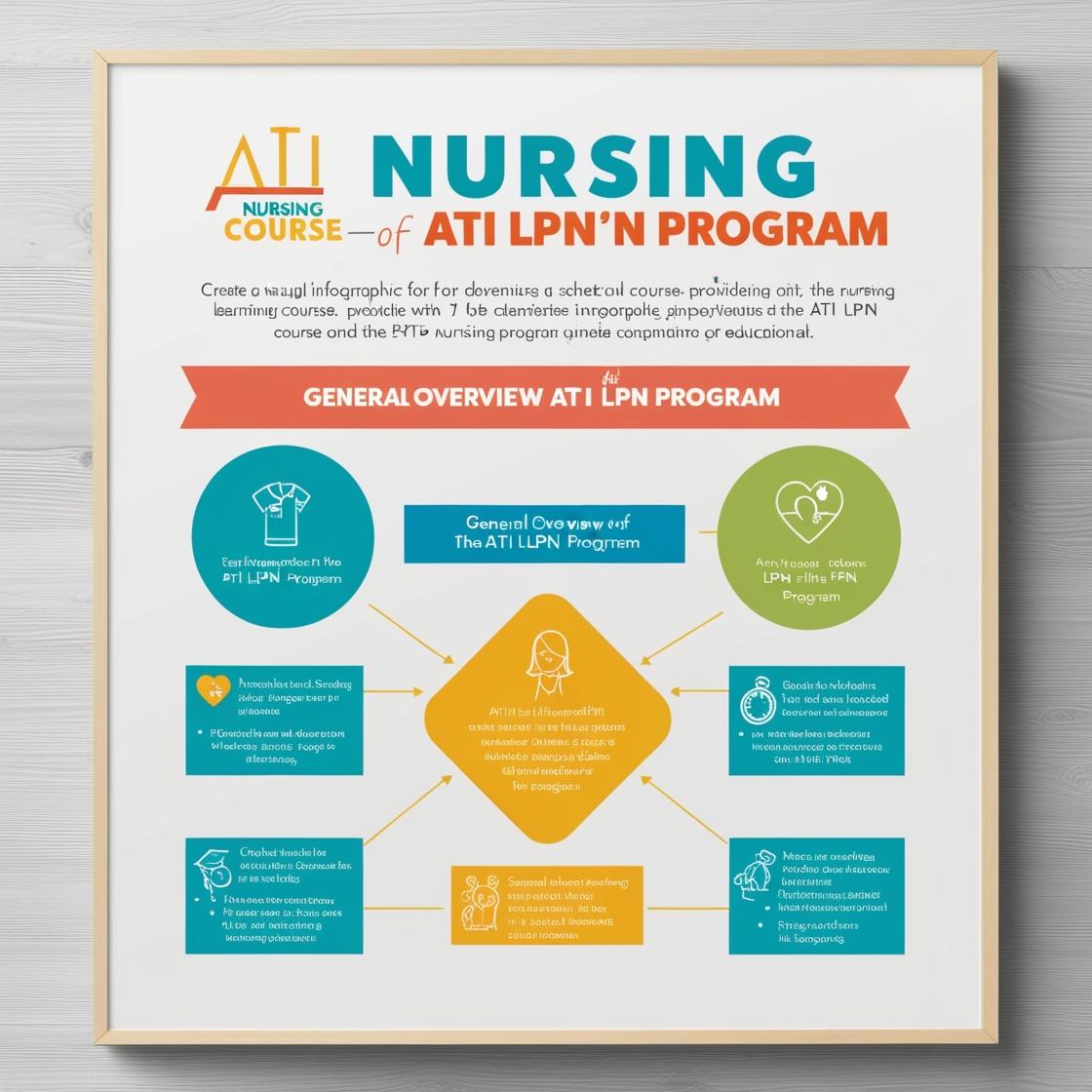LPN LPN
PN ATI Capstone Proctored Comprehensive Assessment Form B
1. A nurse is assessing a client who has a femur fracture and is in skeletal traction. Which of the following findings should the nurse report to the provider?
- A. Clear fluid drainage from the pin sites
- B. Client reporting intermittent muscle spasms
- C. Client reporting severe pain despite receiving analgesics
- D. The traction weights are hanging freely
Correct answer: C
Rationale: The correct answer is C. Severe pain that is not relieved by analgesics may indicate neurovascular compromise or other complications and requires immediate attention by the provider. Choices A, B, and D are incorrect because clear fluid drainage from the pin sites is expected in skeletal traction, intermittent muscle spasms are common in this situation, and traction weights hanging freely indicate proper traction alignment.
2. A healthcare professional is assessing a client with deep vein thrombosis (DVT). Which of the following interventions should the healthcare professional include in the plan of care?
- A. Apply ice packs to the affected extremity.
- B. Encourage ambulation every hour.
- C. Elevate the affected leg when in bed.
- D. Massage the affected area to improve circulation.
Correct answer: C
Rationale: Elevating the affected leg is a crucial intervention in the care of a client with deep vein thrombosis (DVT). This position helps reduce swelling and promotes venous return, which can alleviate symptoms associated with DVT. Applying ice packs (Choice A) may worsen the condition by causing vasoconstriction. Encouraging ambulation (Choice B) can dislodge the clot and lead to fatal complications. Massaging the affected area (Choice D) can also dislodge the clot and is contraindicated in DVT.
3. A client diagnosed with pneumonia is receiving oxygen therapy at 4 L/min via nasal cannula. Which of the following interventions is most important?
- A. Encourage fluid intake.
- B. Monitor oxygen saturation levels.
- C. Change the oxygen tubing daily.
- D. Assist with frequent position changes.
Correct answer: B
Rationale: Monitoring oxygen saturation levels is the most important intervention in this scenario. It ensures that the client is receiving adequate oxygenation, which is crucial for a client with pneumonia. By monitoring saturation levels, the nurse can promptly identify any oxygenation issues and adjust the oxygen delivery if necessary. Encouraging fluid intake, changing oxygen tubing daily, and assisting with frequent position changes are also important aspects of care for a client with pneumonia, but they are not as critical as monitoring oxygen saturation levels in ensuring immediate respiratory support.
4. When designing a program for young adults regarding safe sexual practices, which strategy might reach the greatest number in the target group?
- A. Web-based applications
- B. Print-based media such as newspapers
- C. Television advertisements
- D. Brochures in kiosks in malls
Correct answer: A
Rationale: Web-based applications are the most effective strategy for reaching young adults in the target group regarding safe sexual practices. Young adults today are highly engaged with mobile technology and the internet, making web-based applications the most accessible and convenient method to disseminate information. Print-based media like newspapers may not have the same reach and engagement among young adults. Television advertisements might reach a broader audience, but they may not be as targeted to the specific demographic of young adults. Brochures in kiosks in malls are less likely to reach a large number of young adults compared to web-based applications, which can be accessed anytime and anywhere through mobile devices.
5. A nurse is providing teaching for a child who is prescribed ferrous sulfate. Which of the following instructions should the nurse include?
- A. Take the medication with milk
- B. Take with a glass of orange juice
- C. Take at bedtime
- D. Take with meals
Correct answer: B
Rationale: The correct answer is B: 'Take with a glass of orange juice.' Ferrous sulfate should be taken with orange juice (vitamin C) to enhance the absorption of iron. Taking it with milk (choice A) is not recommended as calcium can interfere with iron absorption. Taking it at bedtime (choice C) or with meals (choice D) may lead to decreased absorption due to interactions with other food or medications.
Similar Questions

Access More Features
ATI LPN Basic
$69.99/ 30 days
- 50,000 Questions with answers
- All ATI courses Coverage
- 30 days access @ $69.99
ATI LPN Premium
$149.99/ 90 days
- 50,000 Questions with answers
- All ATI courses Coverage
- 30 days access @ $149.99
